

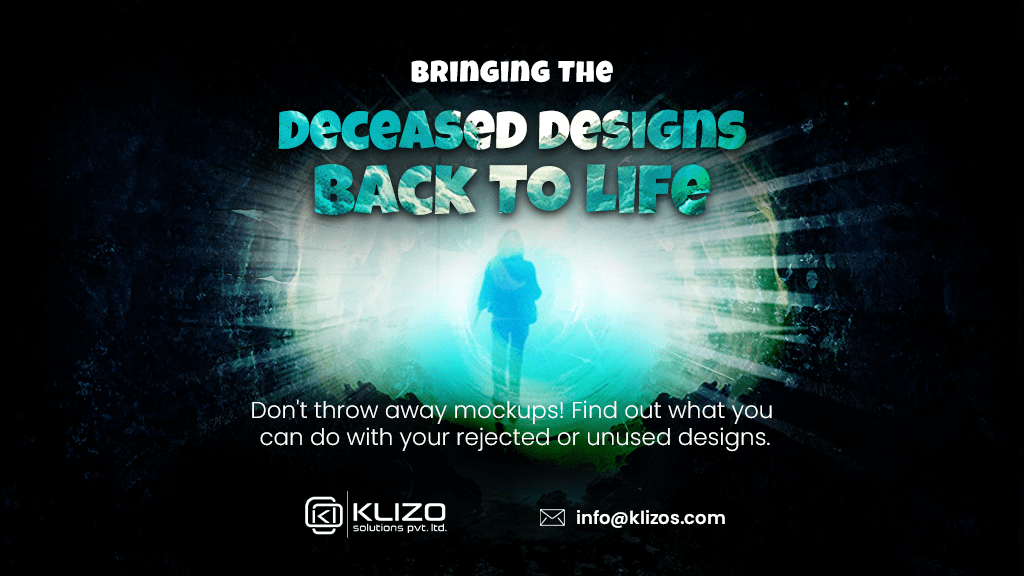
A designer loves all his works, without any bias. He tries to give his best shots in every design he creates. But not all the designs get selected. Keeping up with the client’s requirements and demands often results in many rejected designs.
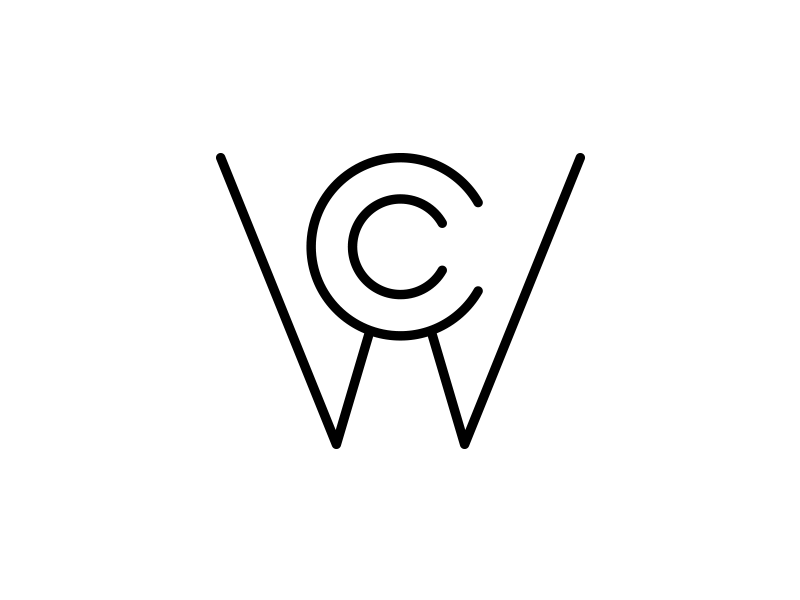
Monograms, not ambigrams! by Nikita Prokhorov
But guess what, no design is trash, no design is a deceased design. With some smart hacks and tricks, you can turn rejected or unused designs into treasures. Want to know how? Read on.
Take a quick glance at the tips in the following INFOGRAPHIC. We’ve covered all the points in detail below.

Do your old designs still haunt you? Then why not hold on to it by archiving them or putting them into a dedicated folder for later use. And by later use, we mean that you can try those designs in your new job.
Try to keep the folder right next to the ones where you keep your selected or present working designs. It will help you quickly access your unused designs and send them to your other clients who have never seen these designs.
But, wait, while putting your designs into an archive, make sure to use some positive names for your folder. You can even sort your unused designs as per their category such as ‘Web Imagery’, ‘Social Imagery’, ‘Branding Logos’ etc. to quickly pick the one as per your requirement.
Keep your old designs well-organized and on-hand; so that when a client asks for a custom-created design, you can mix and match the old ones to come up with a new impressive one.
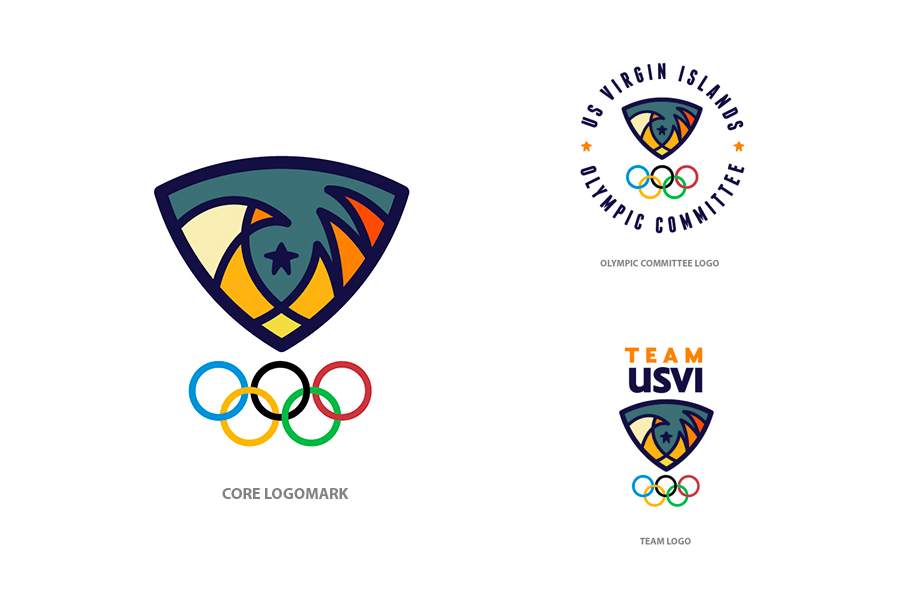
Rejected USVI Olympic Logo by Thuan Nguyen
Do you know you can turn your old rejected designs into ready-made website templates that clients looking for the entire app or website development might find helpful?
Turn your old designs into ready-made themes or templates for websites, mobile applications, landing pages, web apps, etc., and sell the license of those to not just one client but to numerous users. Or you can simply strip down your designs and turn them into a User Interface kit.
Wondering how you can sell your templatized designs on your own, given the fact that you don’t have an established online shop to sell from?
Well, there are plenty of third-party marketplaces out there that enjoy a high volume of traffic and can help you sell your designs. Yes, they do take a certain amount of the profit you make, but given the exposure and visibility your work will receive there, less profit not gonna bother you.
Some of the popular marketplaces for selling your design templates and license them are Dribbble, Creative Market, MOJO Marketplace, ThemeForest, etc.
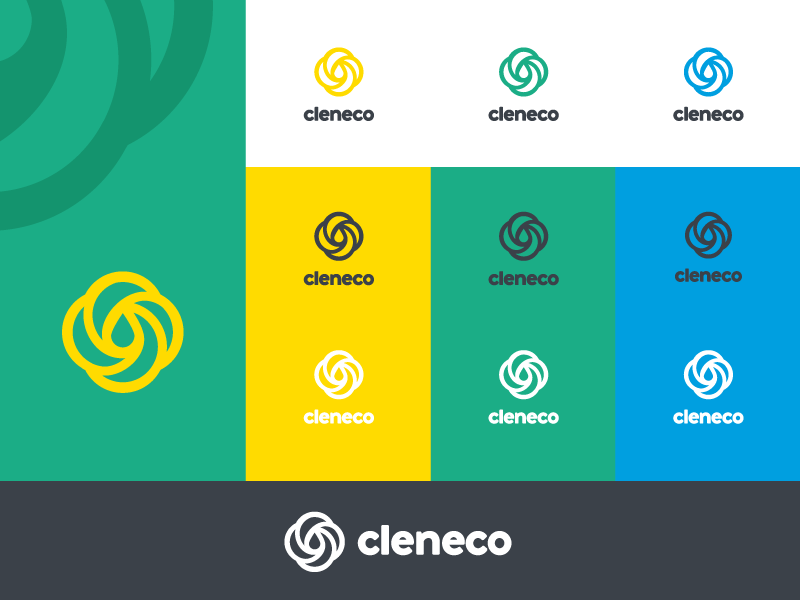
Cleneco by Jamie Heuze
Without having worked with clients for long enough, it’s difficult to transform their vision into reality on the first try. At times, you might want to give them a rough idea to better understand what design that your client wants from you so that you can nail it eventually.
And that’s where your old designs come in handy.
You can use them as a case study and get an idea of whether you can revise them to fulfill your client’s requirements or have to come up with a new one.
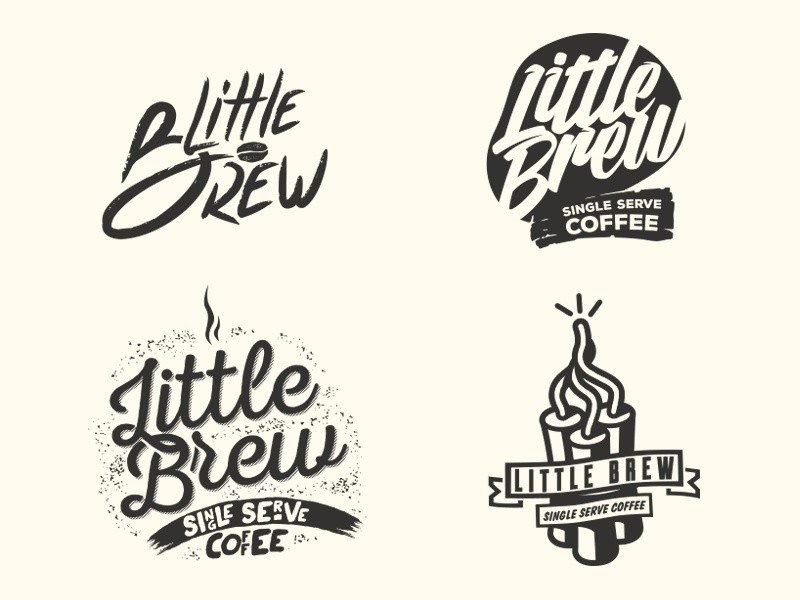
Coffee Logo by Warren Keefe
Has it ever crossed your mind that you can make an impressive portfolio with the unused designs that you have?
Yes, a work portfolio is a great place to showcase your work history and talents. And hence, the best place to keep your rejected designs as well.
The designs that you thought won’t be used or liked again can help you get the attention your design ideas always deserved.
Even this portfolio of yours can serve as a quick source of inspiration to create new designs.
Last but not least, if you don’t find any way to monetize or reuse your unused designs; then it’s time to bid a tearful adieu to your favorites. But, it doesn’t mean hiding your designs somewhere no one can see or just deleting them. The hard work you put to create the design deserves a proper funeral.
How can you give your designs such a funeral?
Well, you can certainly submit the designs-of-no-use to ‘Recently Rejected’, a website created by art director and artist Mario Hugo to serve as a curated graveyard for unused and rejected designs.
Here on this website, all unfinished, unused, and unrefined ideas are on display. There can’t be a more perfect place to put the spotlight on those designs that despite being creative, artistic, and beautiful are underappreciated.
All design ideas that you see on this website such as project sketches for Coldplay, rejected covers for renowned magazines like Wired, are a reminder that failure and rejection are unavoidable parts of the creative process.
Just as a rejected graphic design doesn’t always mean it’s wasted; similarly, not all rejected designs can be put to some good profitable use instantly. At times, you gotta wait till the right opportunity comes your way. Who knows, when the time is right, your unused design may rise again and find its way to make your clients appreciate your work.
As long as you don’t put the rejected design into the ‘Recycle Bin’, there might come a chance where you can recycle and reuse the design to get recognition or earn some quick bucks!
Previous article
Joey Ricard
Klizo Solutions was founded by Joseph Ricard, a serial entrepreneur from America who has spent over ten years working in India, developing innovative tech solutions, building good teams, and admirable processes. And today, he has a team of over 50 super-talented people with him and various high-level technologies developed in multiple frameworks to his credit.

Subscribe to our newsletter to get the latest tech updates.